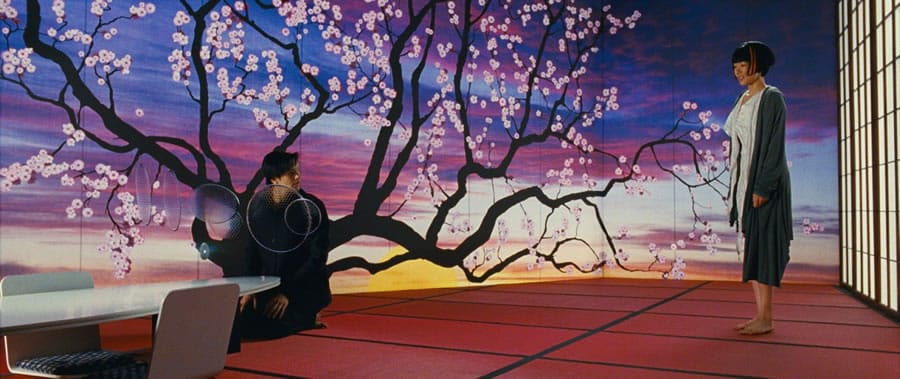
The major features of Western women’s Orientalism essay
In order to better understand the various ways in which Western women’s Orientalism reaffirmed and/or challenged gender categories and Orientalist tropes, it is very important to discuss the major features of Western women’s Orientalism. According to Jill Beaulieu and Mary Roberts (2002), women Orientalists address the issues of gender roles by “examining forms of cross-cultural exchange” that play a significant role in the study of Orientalist visual culture. The works of women Orientalists help to analyze the “forms of masculine subjectivity articulated via Orientalist imagery that run counter to the more familiar heterosexual norms” (Beaulieu & Roberts, 2002, p. 2).
As Orientalism emerged in art as a “diverse field in which meanings were always and already contested and shifting,” the reviews of women Orientalists works point out to the fact that their images provide a challenge to dominant conventions of Orientalism (Del Plato, 1988). According to Reina Lewis (1996), “the heterogeneity of the 19-th century Orientalist discourse simultaneously produced spaces from and in which women could represent whilst developing strategies to contain, appropriate or minimize the threat of their alternative voices” (p. 237).
In addition, the recent research shows that Western women have always had an enormous interest in harem life. Reina Lewis (2004) states that “Western women had for two centuries been doing their best to sate the appetite of a Western readership curious about harem life”(p. 12). Western women Orientalists had the ability to better understand the so-called space in art forbidden to Western men. They had an opportunity to depict themselves as visitors of the harem’s life. According to the history of Orientalism, “the West’s curiosity about harem’s life was first satisfied to any extent by the now famous letters from Constantinople of Lady Mary Wortley Montagu”(Lewis, 2004, p. 13). Many women Orientalists had a chance to visit harems and depict young princesses and the harem’s hierarchy. As a rule, women Orientalists visited harems with a “mixture of fascination and anxious anticipation” (Roberts, 2002, p. 78). Thus, the study of harem portraits helps to explore gender categories and Orientalist tropes.
Moreover, in the 19-th century, the East was the so-called tool for many Romantic women artists to free their imagination and express their admiration. At the same time, the Eastern men and women they had portrayed were not limited by the established bourgeois world’s standards (Roberts, 2002). On the contrary, their images were depicted in the natural environment and seemed passionate and mysterious. In other words, their images were closely connected with the representation of human feelings, rather than logic. For this very reason, for many Western women Orientalists, the journey to the East stood for the escape from their limited society and the attainment of freedom (Beaulieu & Roberts, 2002). Actually, the journeys to the East guaranteed new inspiration to women artists, helped then to find new topics, and allowed them to explore religious scenes (Grewal, 1996).
Besides the above mentioned facts, many Western women Orientalists had become travelers to the East, applying for various missions, such as diplomatic missions, military campaigns, scientific expeditions or commercial missions, just for the sake of visiting the East (Roberts, 2008). As a result, at the end of the 18-th century and in the beginning of the 19-th century, many women artists visited the East as colonialists, pursuing some commercial and diplomatic purposes (Cherry, 2000; Lewis, 1996).

